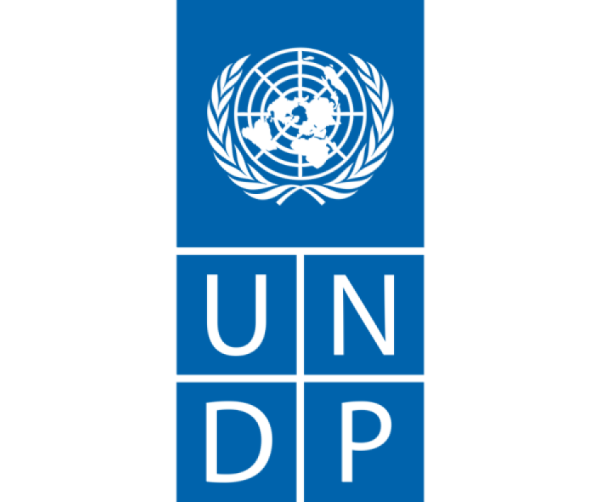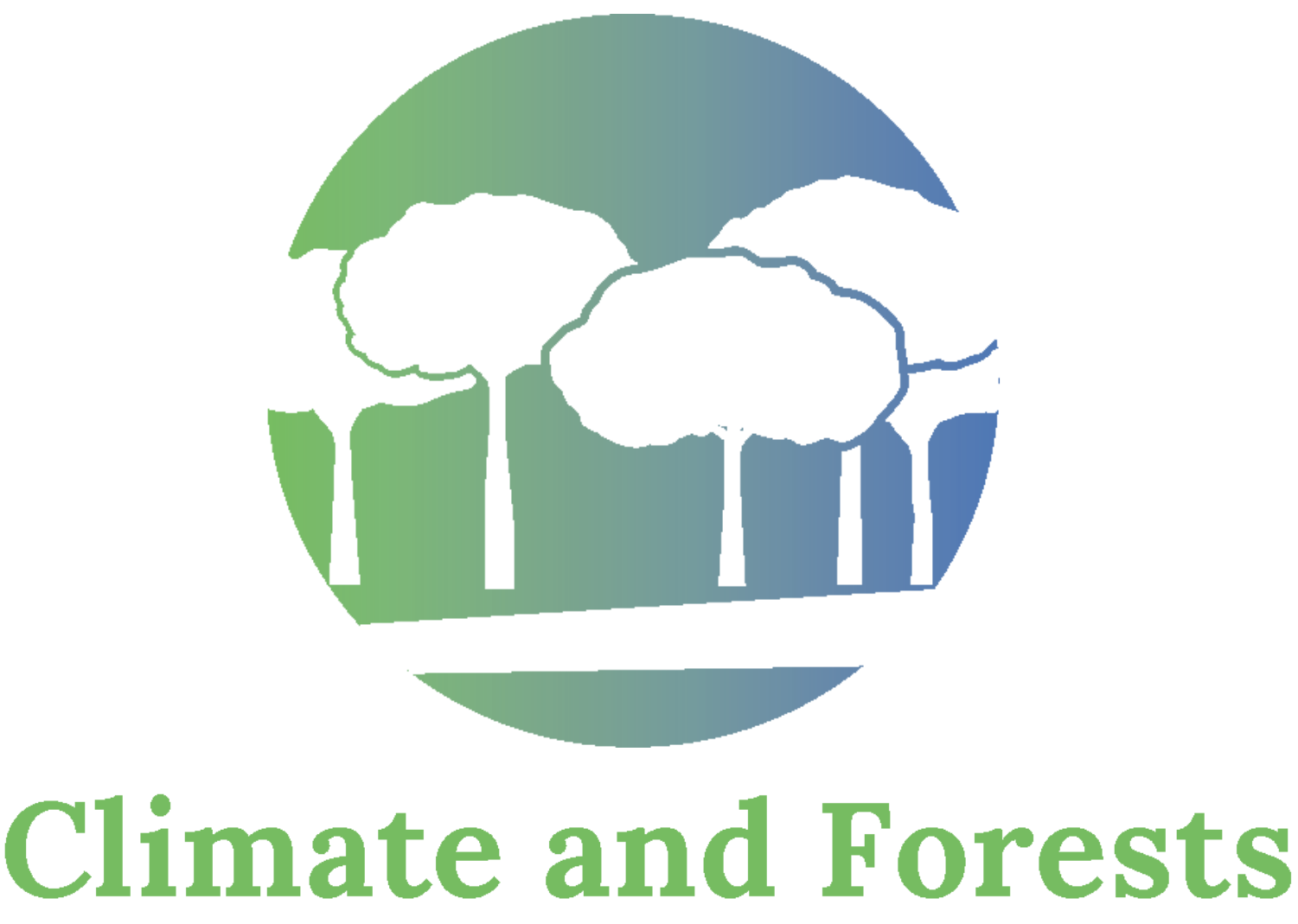Unlocking Climate Finance to Preserve the Amazon:
The crucial role of Brazilian states
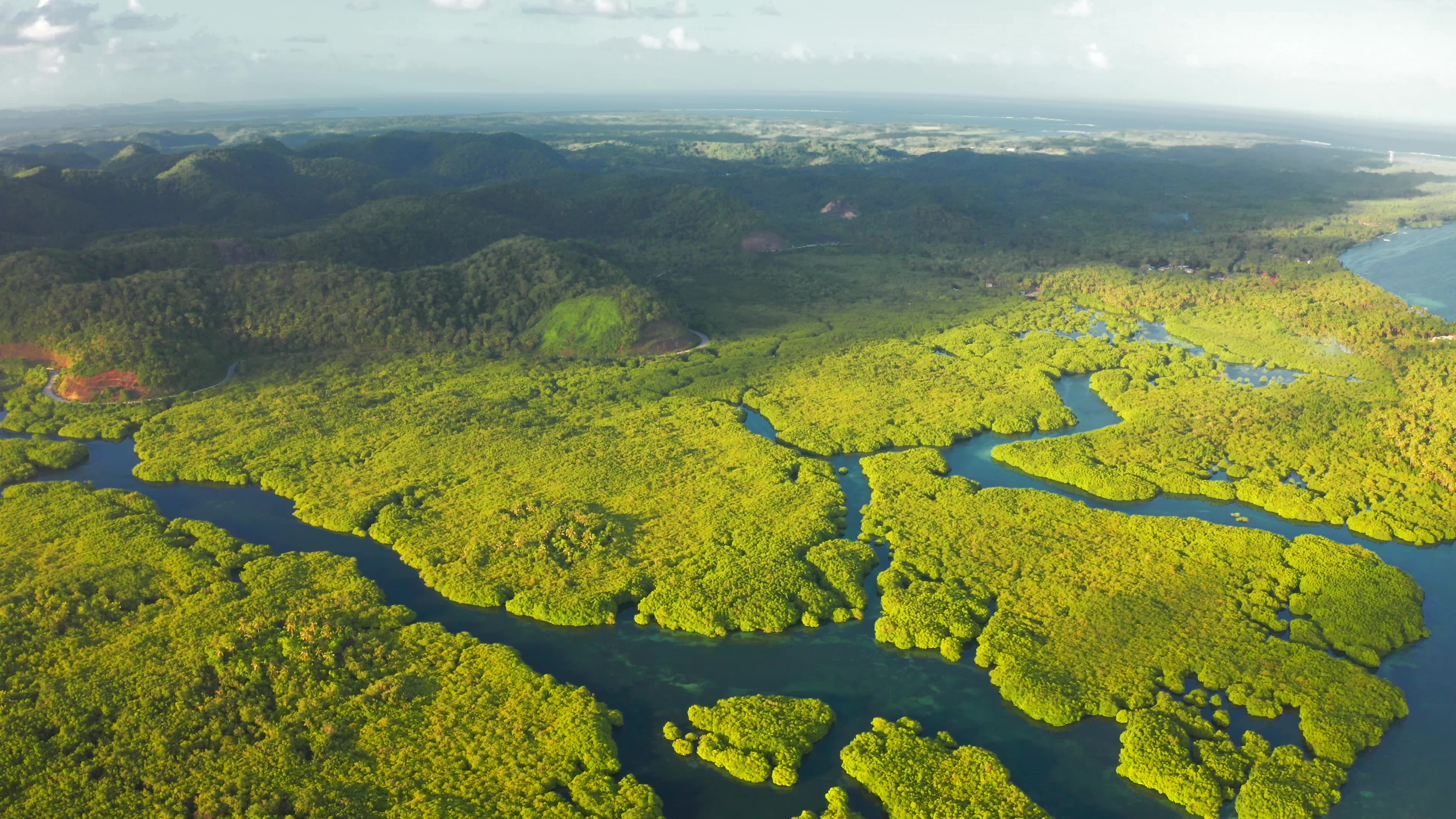
The Brazilian Amazon rainforest ranks among the most biodiverse ecosystems on Earth. With massive carbon sinks stocked in trees and soils, the Amazon rainforest has a pivotal role to play in maintaining global climate stability. Within the vast expanse of the Brazilian Amazon, approximately 23 million people find their livelihoods woven into the fabric of forest and river ecosystems.

Deforestation is a major threat to this natural wealth. Over 430 thousand km² of Brazil’s Amazon biome have been lost since 1988, an area approximately equivalent to Sweden. The deforested areas have been converted to other land uses, primarily to agricultural lands.
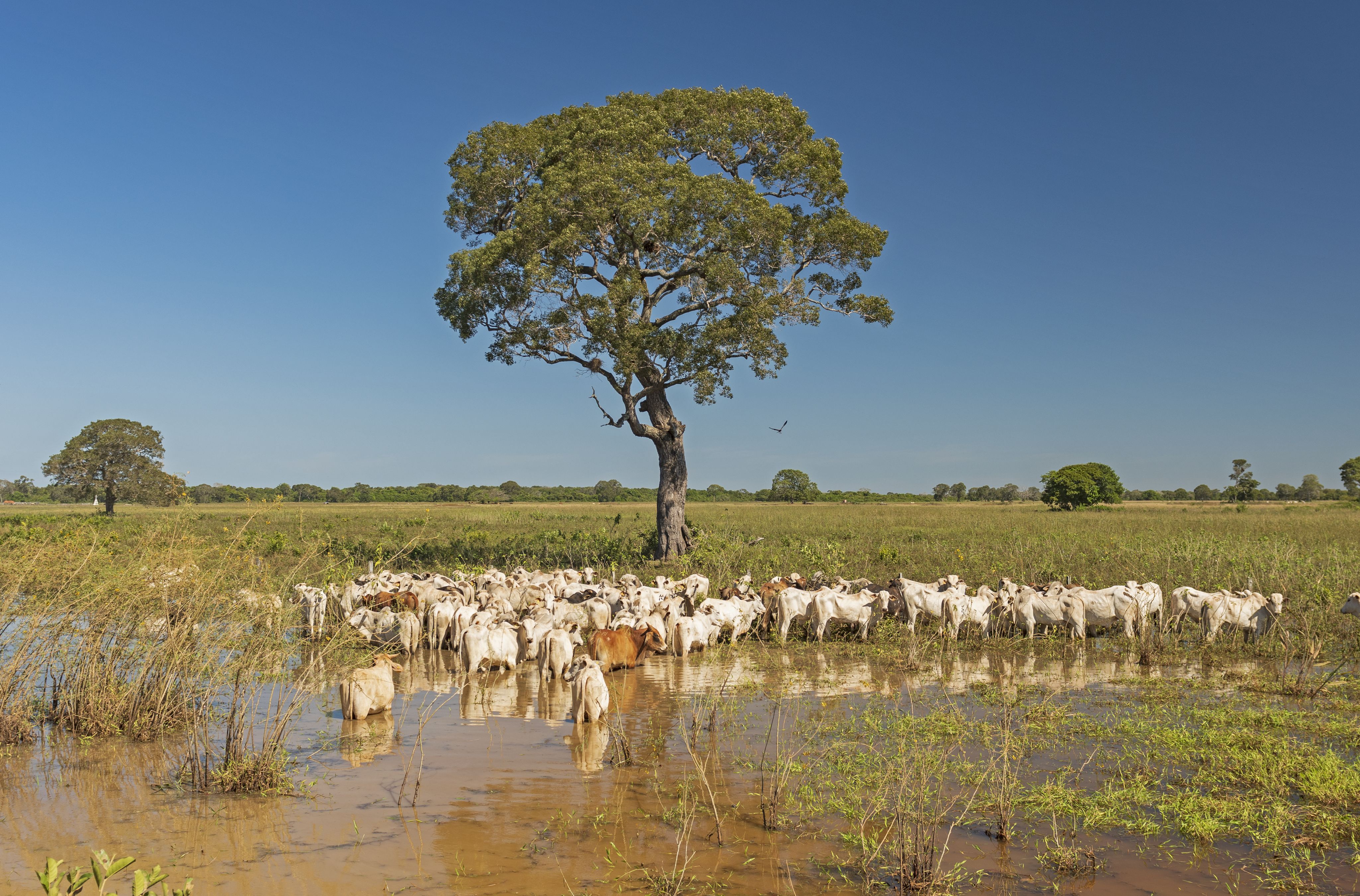
Land grabbing, timber extraction, infrastructure development, and mining are also leading to deforestation and severe ecosystem degradation. With that, the Amazon rainforest is at risk of turning from a carbon sink into a source of carbon linked to deforestation and climate change (Gatti, 2021). Also, sustained changes in rainfall patters linked to deforestation could transform lush forests into deserts in the near future (Boers, 2023).
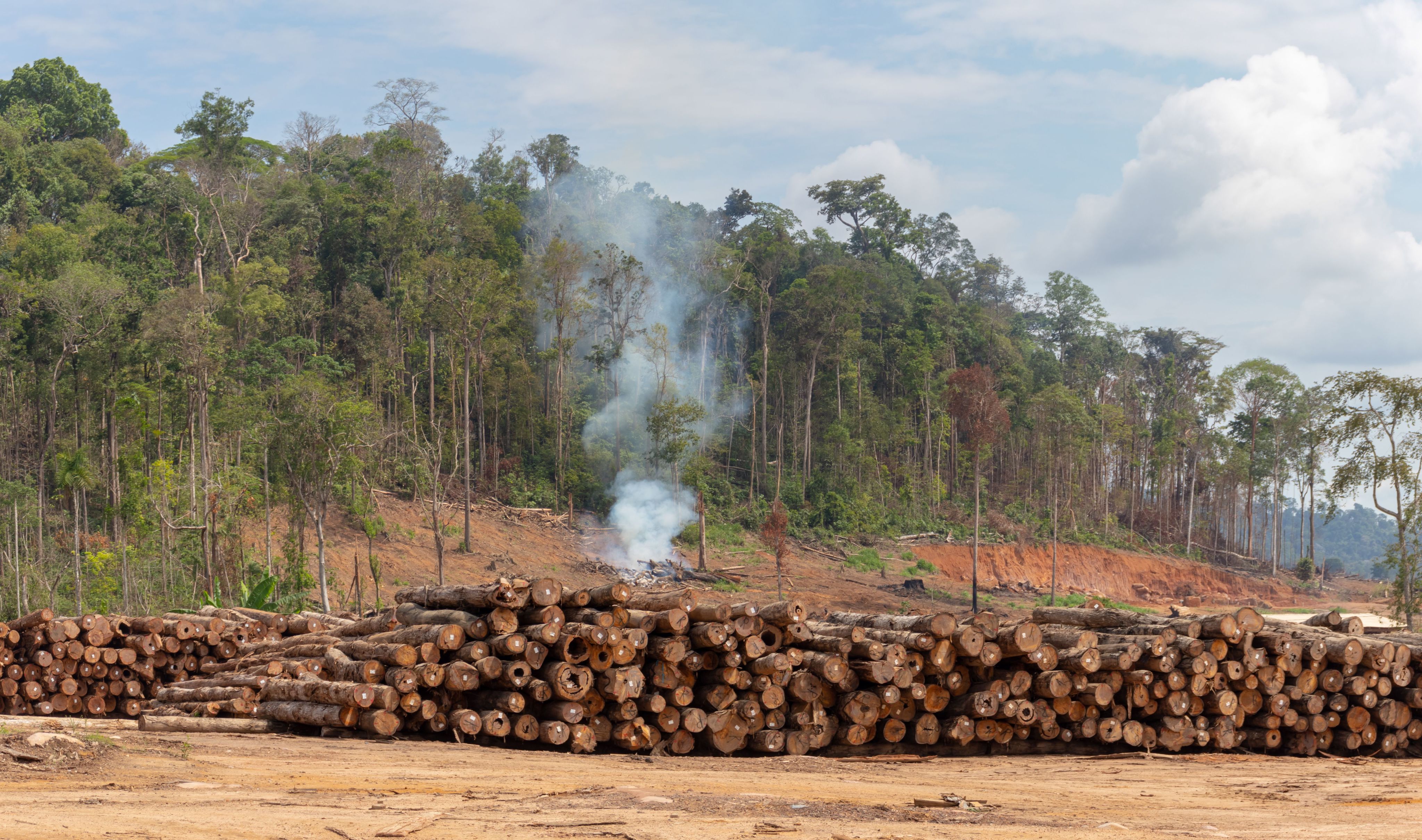
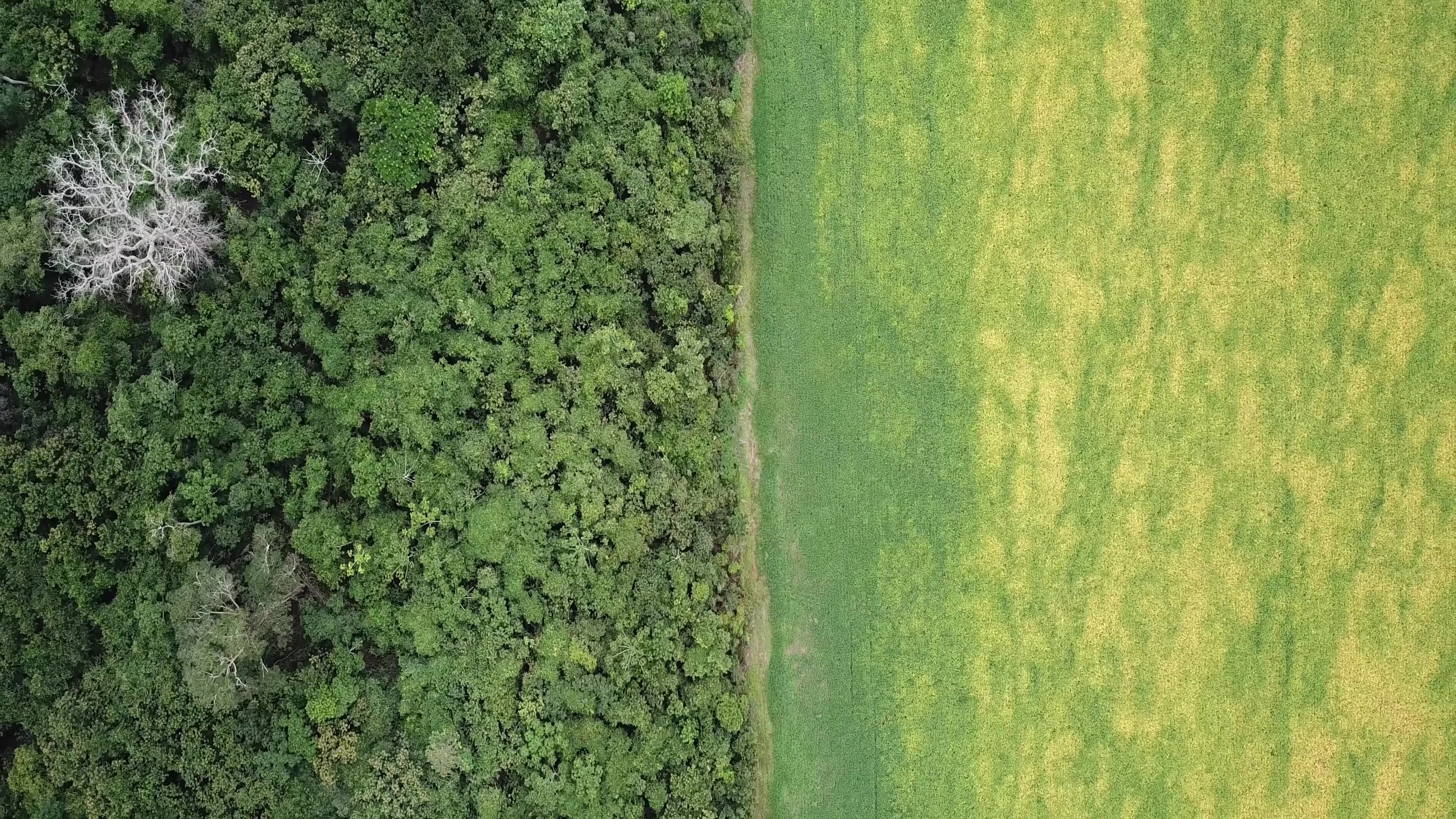
Turning Over a New Leaf in 2023: Brazil Records Decline in Deforestation
Yet, there is hope. In 2023, a 22% decrease in the annual deforestation rate was observed. After years of reaching peaks of forest loss in the Amazon, the tide is turning. Brazil has managed to significantly reduce deforestation once again. Between 2009 and 2012, the country reduced rates of annual forest loss by 70% compared to the preceding decade.

Brazilian states: Fostering a common vision for the Amazon Forest
The herculean task of reducing deforestation relies on the engagement of Brazilian states. The nine states of the Brazilian Amazon region, an area which is roughly equivalent in size to more than half of the entire United States, have a diversity of cultural backgrounds, populations, and economic priorities. Despite their differences, initiatives like the Governors' Climate and Forests Task Force (GCFTF) and the Consortium of Legal Amazon States have brought the Brazilian Amazon states together around common priorities for regional sustainable development.
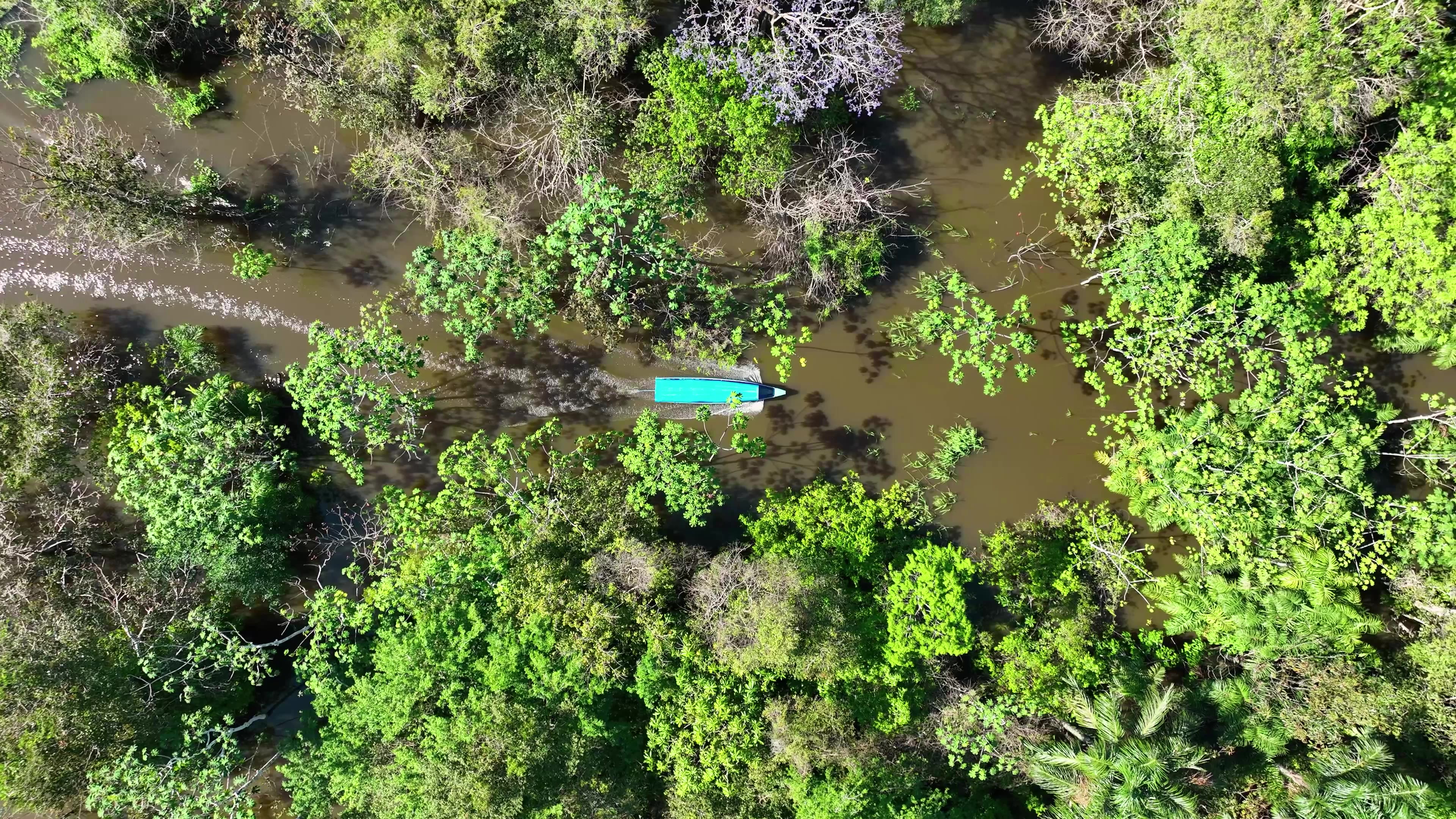
Balancing Community Livelihoods and Economic Development through Forest Protection
In the quest for improved opportunities for the Amazonian people, state governments face the significant challenge of protecting the natural resources that communities rely on for their livelihoods while promoting economic development. To address this dilemma, some states promote commodity-based development models on cleared areas, while others foster an economy that values forest products to reduce pressure on the forests. They do this by adopting comprehensive state-level strategies to tackle deforestation and promote sustainable development.
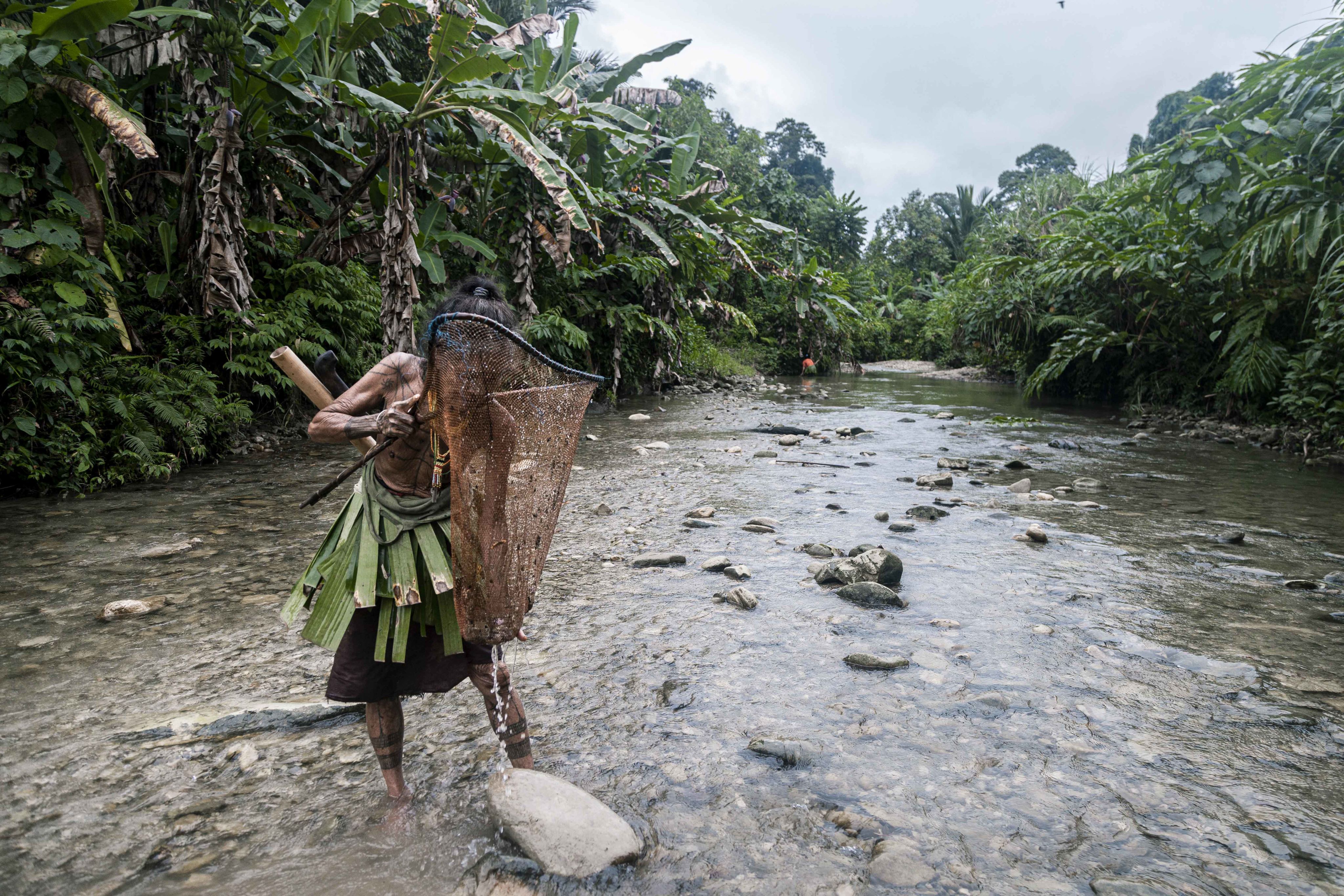
Funding and Data: Key Elements for Low-Deforestation Development Strategies in Brazilian States
To implement their low-deforestation development strategies, Brazilian states are seeking financial resources including through Reducing Emissions from Deforestation and Forest Degradation (REDD+). The idea of being rewarded for reduced deforestation and forest degradation has been around for over a decade, yet only a few states have received payments for the results they achieved so far. Having reliable data and information is also key for the development of effective policies and measures as well as for enabling state governments' access to performance-based finance. Significant technological progress was made in recent years, enabling better monitoring and measurement of forest carbon loss and gains. Brazil, in fact, has one of the most advanced forest monitoring systems in the world, capable of reliably mapping land use changes and associated carbon emissions.

Rondonian rainforest in western Brazil: Compare the unbroken forest of 1975 (left) to the thousands of parceled plots in 2012 (right). Credit: NASA's Goddard Space Flight Center / Landsat is a joint program of USGS and NASA
Rondonian rainforest in western Brazil: Compare the unbroken forest of 1975 (left) to the thousands of parceled plots in 2012 (right). Credit: NASA's Goddard Space Flight Center / Landsat is a joint program of USGS and NASA
Growing Voluntary Carbon Market: Nature-Based Solutions and High-Integrity Emission Reductions
Voluntary carbon markets have grown significantly over recent years. High demand, especially for nature-based solutions, offers a significant opportunity for forest-rich nations to secure funding for climate action to meet the Paris Agreement goals. Accurate estimates of reductions in emissions from deforestation and forest degradation are essential for creating carbon credits that can be trusted and are of high quality. To ensure both the integrity of emission reductions, carbon credits need to comply with rigorous standards for environmental and social impact, based on accurate measurement, reporting and verification.

Amazon States Explore Carbon Markets: Challenges and Opportunities for state-level REDD+
The states of the Brazilian Amazon are showing great interest to tap into carbon markets. Commercializing high-integrity jurisdictional REDD+ carbon credits can provide much-needed finance to implement forest conservation policies.
Yet, getting REDD+ results certified under high quality carbon standards comes with its own set of challenges. First, a country or subnational governments needs to make significant investments in policies and measures to reduce deforestation and forest degradation. Second, further investments are needed to fulfil the requirements of carbon standards like “The REDD Environmental Excellency Standard” (TREES). Investments of this scale can pay off if they lead to emission reductions purchase agreements. States participating in results-based finance agreements will be empowered to reinvest in sustainable development and forest policies.
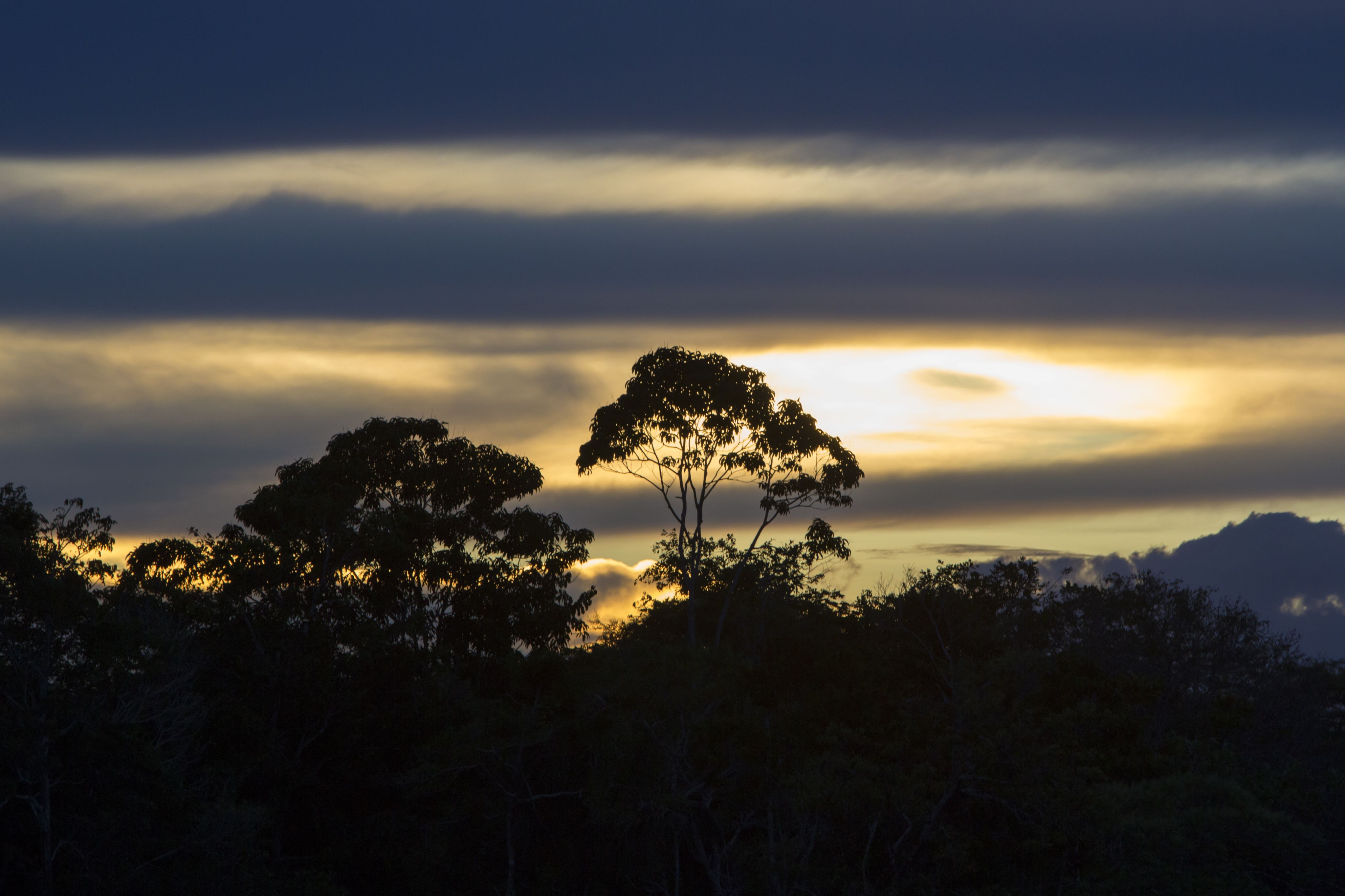
UNDP's Role in Brazil: Advancing High-Integrity Carbon Credits for Amazon states
The United Nations Development Programme (UNDP) has been working with the Brazilian Amazon states for many years. Substantial support has gone into measuring deforestation emissions and meeting the TREES standard requirements so that the Brazilian states can generate high-integrity carbon credits to be sold on the global market – provided their deforestation rates fall and remain below historical averages. Skilled personnel, reliable data and consistent carbon accounting, substantiating well-integrated and effective environmental policies, are needed to achieve the vision of a zero-deforestation Amazon region.
Successfully reducing deforestation requires ongoing and collaborative efforts from multiple stakeholders. It requires continuous investments and partnerships to be effective in the short term and sustainable in the long term. With a strong track record in Brazil's forest and climate policies, UNDP is committed to continue to support the Brazilian states in their sustainable development endeavour.
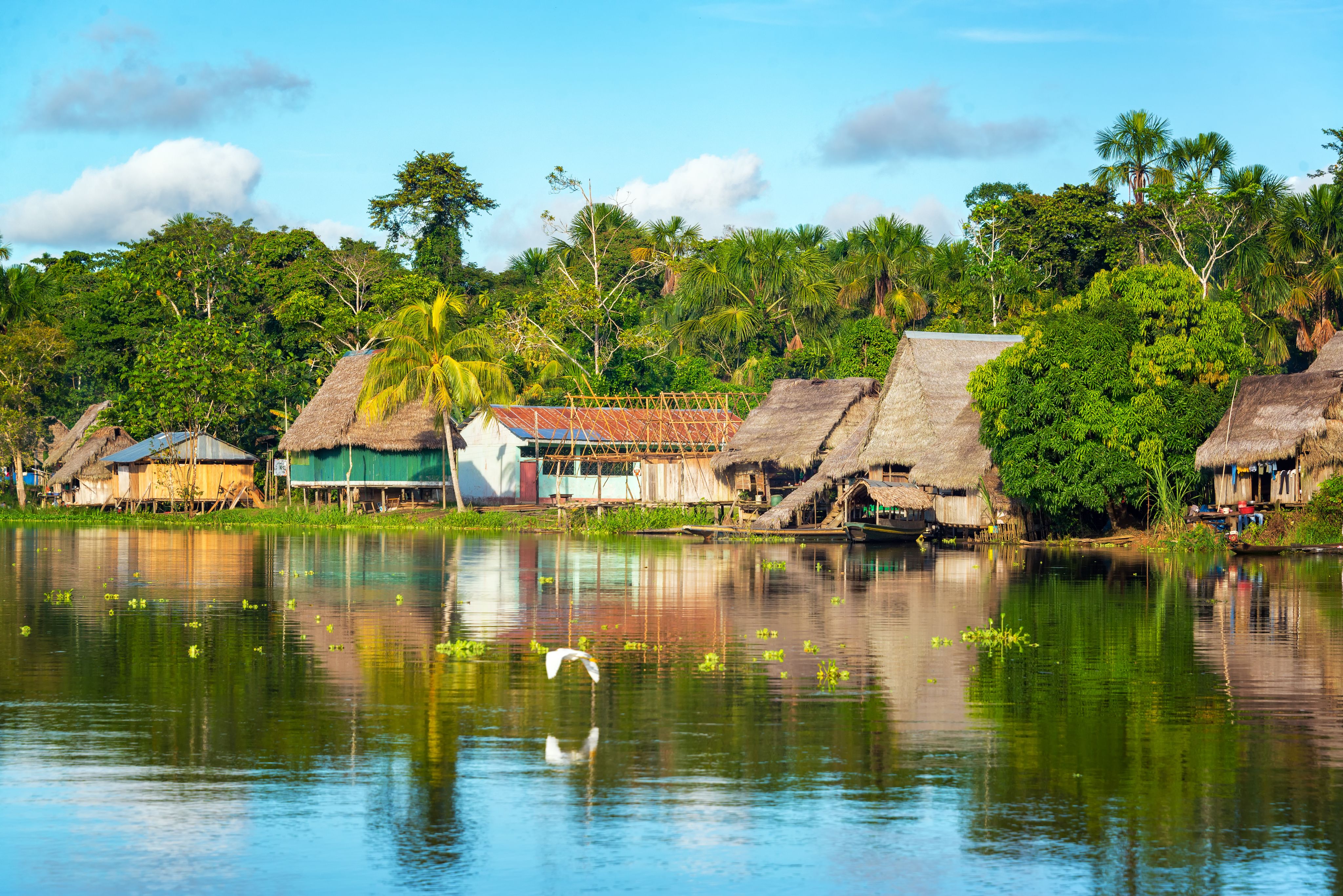
Footnotes:
- UNDP Climate & Forests assists different countries and stakeholders in the implementation of the Paris Agreement by reducing deforestation, forest degradation and promoting sustainable development pathways.
- The UNDP Initiative on High Integrity Carbon Markets was launched in December 2023 to support countries to access carbon market finance at scale, in alignment with Article 6 of the Paris Agreement and to provide enabling conditions for the carbon credits’ integrity, ensuring the respect of social and environmental standards and promoting overall positive sustainable development impacts.
- The Governors' Climate and Forests Task Force (GCFTF) is a broad network of 43 jurisdictions that cover over 1/3 of the world’s tropical forest areas. UNDP Climate & Forests serves as the GCFTF's implementing partner to deliver a competitive funding window to encourage innovative approaches to achieve transformation in forested landscape. The states of the Brazilian Amazon region have received such funding to access international climate finance by complying with the ART / TREES standard.
- Learn more about UNDP’s work on carbon markets
